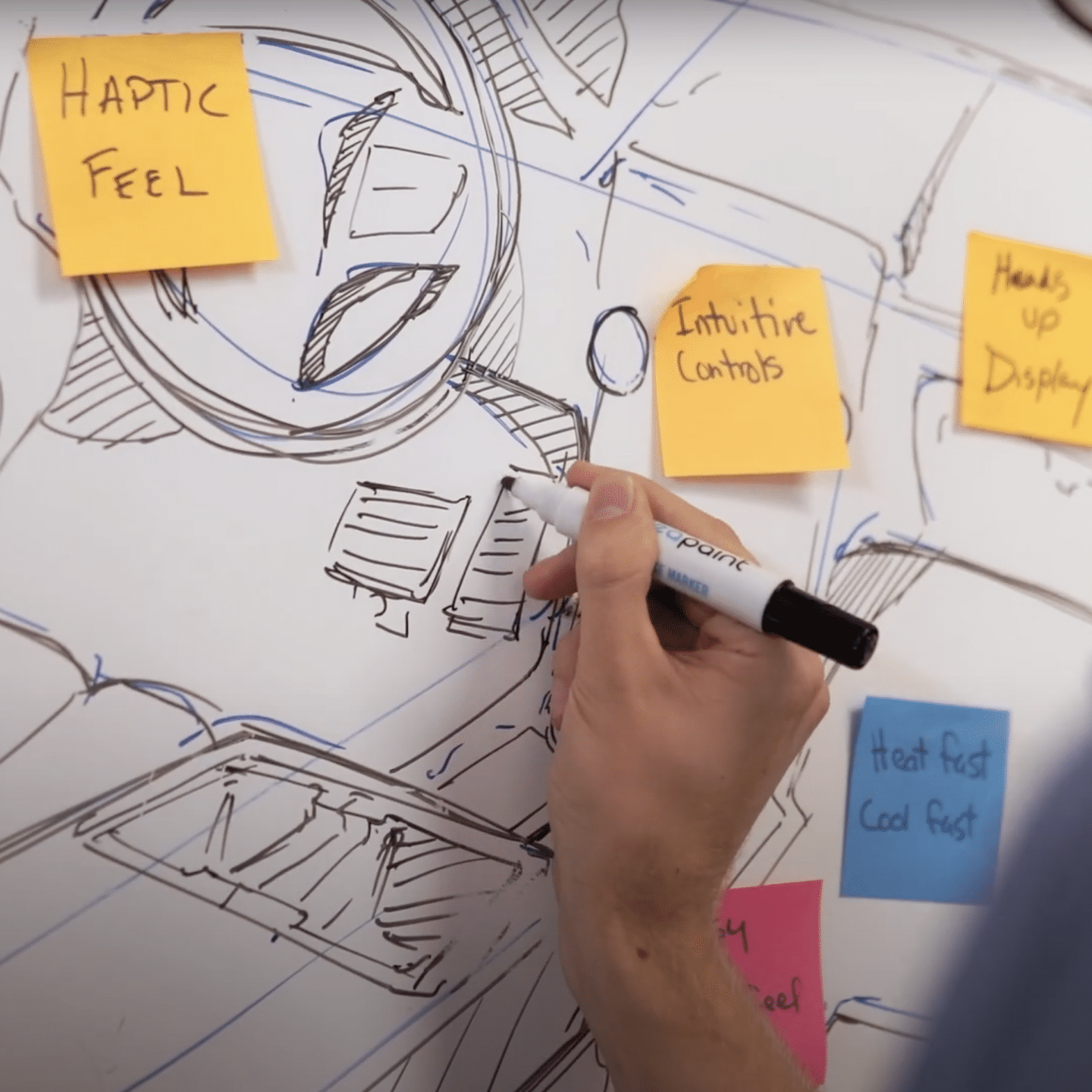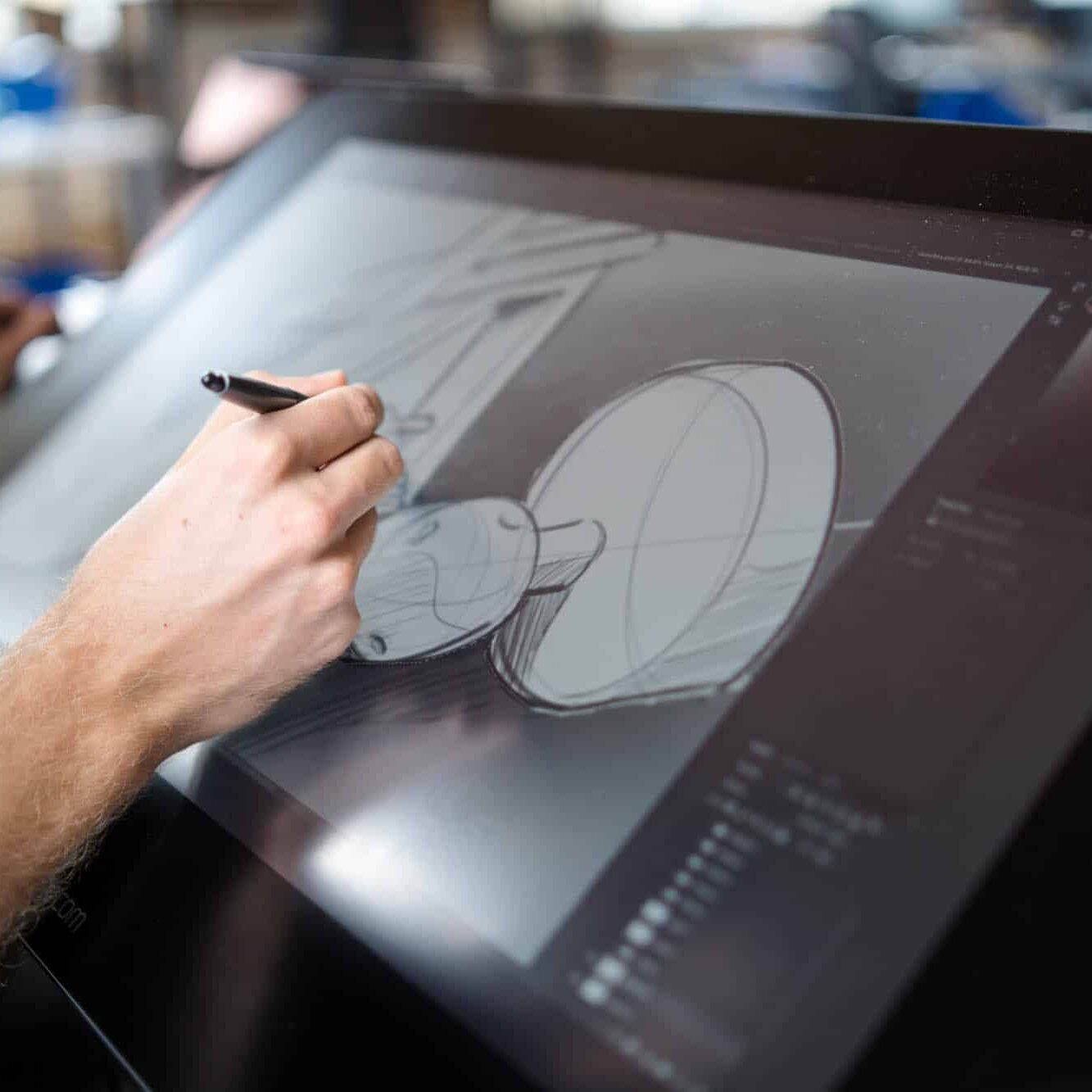DEVELOP MEANINGFUL SOLUTIONS
Industrial Design at DISHER
Our goal is to empathize with your users and their problems, develop meaningful solutions, and improve the world we live in. Our advanced product development experts can help you with any aspect of industrial design.
Benefits of using Industrial Design in Product Development
Industrial Designers bring a wide spectrum of creative and analytical skills and knowledge to product developers and engineers.
The role of industrial and systems-thinking designers in the product development process is vital because they explore, understand, and vet concepts based on what will make a product/service successful long term.
Ideas are constantly being evaluated based on user desirability, commercial viability, and production feasibility.
What Industries use Industrial Design?
Manufacturers, suppliers, and entrepreneurs all benefit from industrial design.
Almost everything we interact with daily started with industrial designers ideating, concepting, and testing those ideas.
Common industries that rely on industrial designers include automotive and transportation, consumer electronics, furniture, household products, medical and healthcare, toys, commercial and industrial, sports and recreation, and more.
Industrial Design Capabilities at DISHER
Sketching
Primary and Secondary User Research
Branding
Synthesizing
User Experience Mapping
Testing
Benchmarking
Prototyping
Rendering
3D Modeling
Basic Engineering
Materials and Finishes
HOW WE WORK
DISHER’s Front-End Design Process
DISHER’s Advanced Product Development team uses a connected 12-step front-end design process to explore and develop optimal solutions centered around the user. Built within each step is the ability to gather feedback and continuously iterate around ideas. We can help your team with any stage or the entire process.
Phase One: Understand the User
Great product design is centered around the user. During this first phase, DISHER gets to know the user and empathize with their challenges and pain points.
1. Define Scope
To begin, we meet with our client to understand their objectives and make sure all stakeholders are clearly aligned on the scope of the project.
2. Gather Secondary Research
DISHER gathers secondary research (pre-existing data) to understand as much as possible about the subject matter without having to set up our own tests.
Typical sources include the reports, news outlets, and data bases. It is the first opportunity to fail fast because we can identify if there is enough of a market or underlying trend to support a new product. It informs us on what is currently not known.
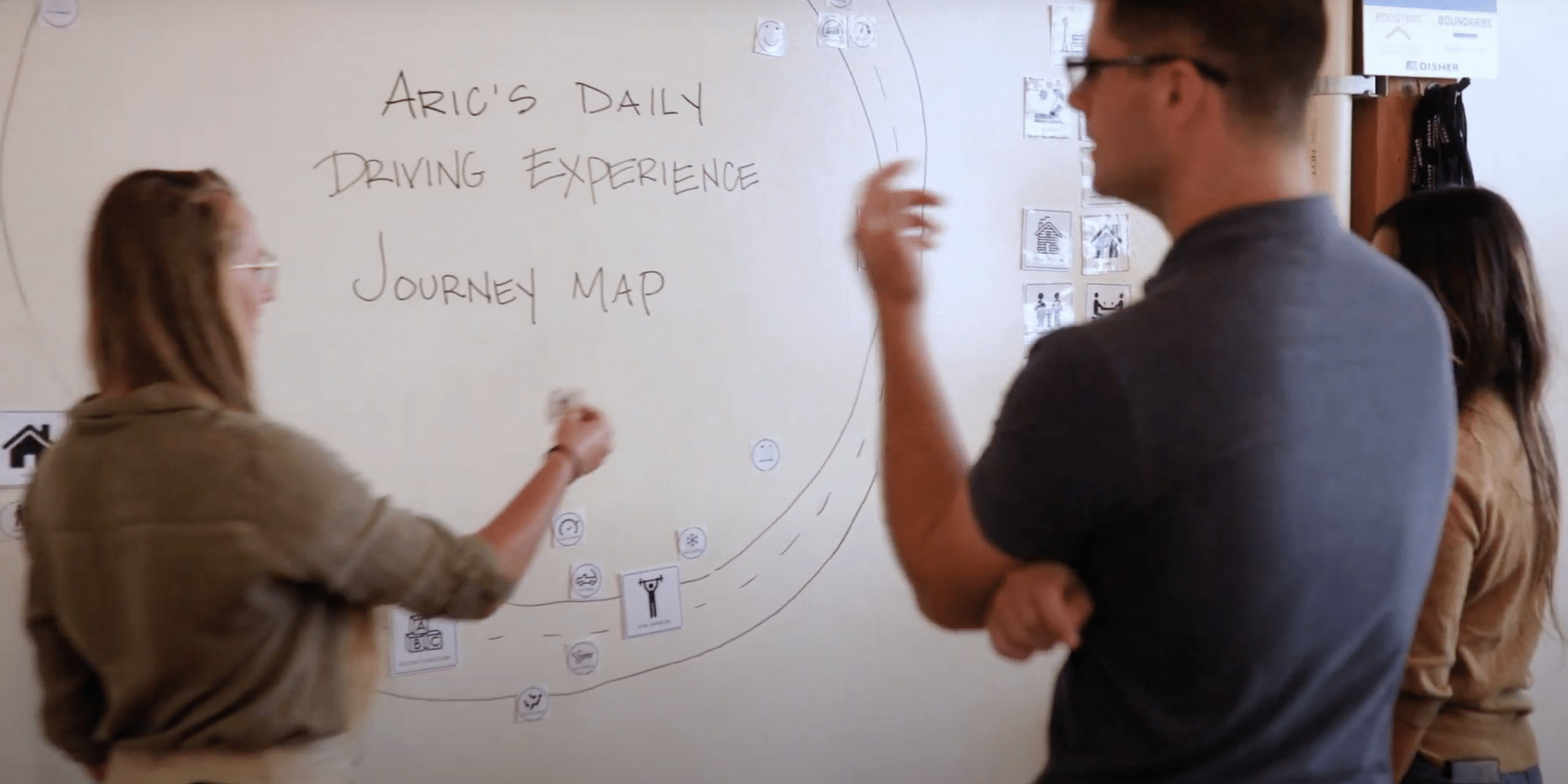
3. Conduct Primary Research
DISHER gains firsthand information on our client’s end users through surveys, interviews, observations, and focus groups.
Primary research is foundational to human-centered design. It ensures we are designing for them and not for ourselves. Primary research reduces bias and increases the potential for high user desirability toward the end solution.
4. Create Experience Map
DISHER creates a chronological use journey to identify pain points and patterns. This helps us understand what can be improved.
Experience maps align product development teams early in the process, inspire creativity, and keep stakeholders focused on the user’s needs and perceptions.
PHASE TWO: Explore All Ideas
A fruitful ideation phase is critical to new product development. DISHER provides clients certified facilitators, subject matter experts, and creative leads to guide stakeholders through idea generation. Our proven Whiteboard Wednesday process with boosters and boundaries helps maximize the number of ideas.
5. Understand Opportunities
DISHER reviews all the research, inspiration examples, and the experience maps with our client.
We create visual blackboards to organize all the insights, trends, and patterns collected. The information is clearly communicated and understood by each product development team member. Opportunities are discovered within this process.
6. Sketch Ideas
Ideas for solving for the opportunities are verbalized and sketched. During DISHER’s Whiteboard Wednesday or Innovation Workshop ideation sessions, we provide clients with an industrial designer and/or a conceptual engineer to visualize ideas. Potential solutions are illustrated for everyone to view providing a shared visual language to collaborate, iterate, and build upon.
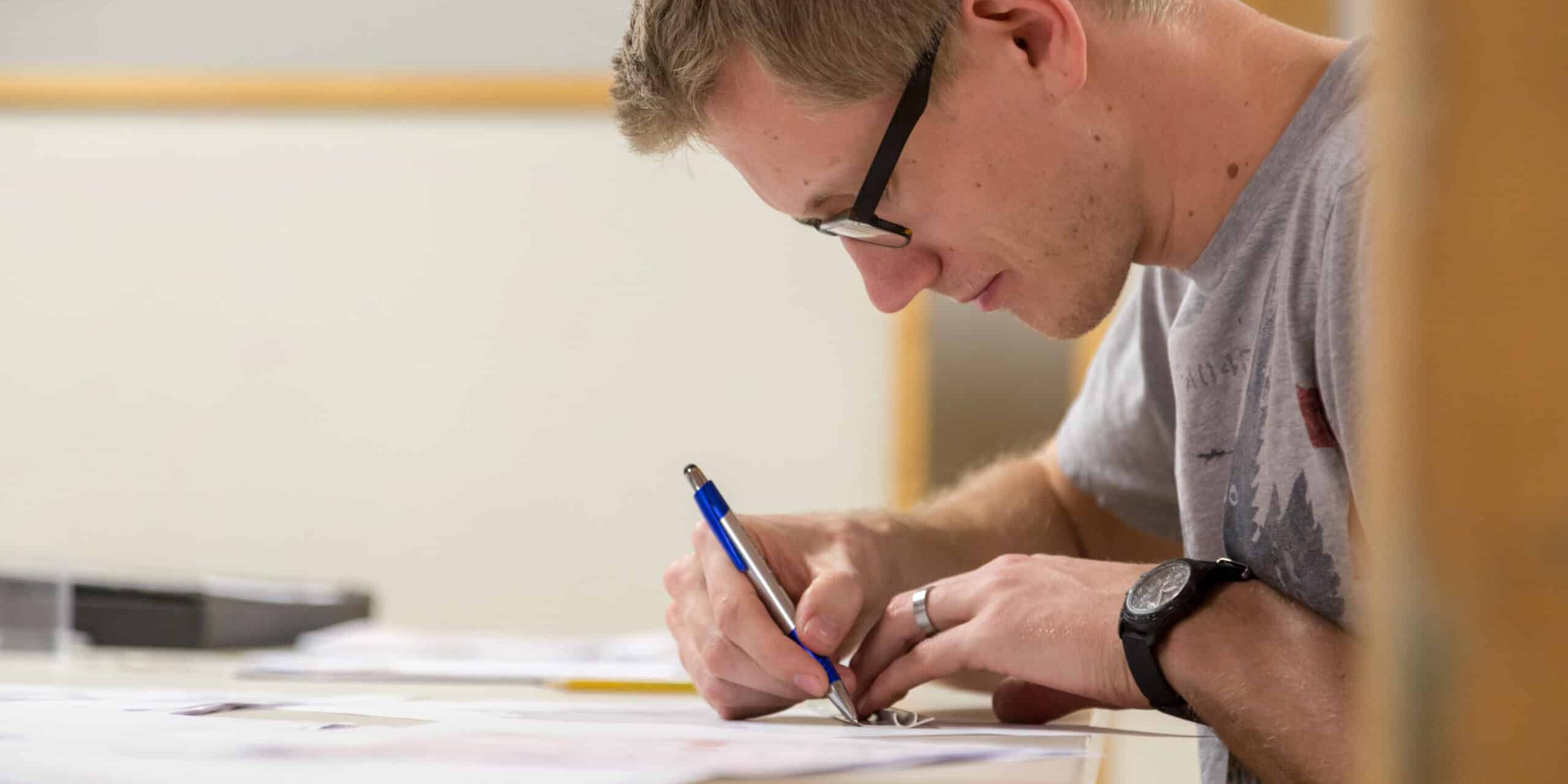
7. Rank Ideas
After brainstorming hundreds of ideas, we evaluate and rank them with our client. We assess the top ideas around three important criteria: user desirability, commercial viability, and production feasibility. Ranking concepts based on customer’s need, financial profitability, and manufacturability helps us determine which ideas have the most potential for success in the marketplace.
8. Develop Playbooks
DISHER summarizes the top ideas for our client by providing a one-page snapshot, a playbook, for each idea. The playbooks include the concept name, sketches of the idea, inspiration examples, a brief description, the ranking scores (based on user desirability, commercial viability, and production feasibility), the estimated timing, and the next steps to further vet the idea. Our clients walk away with useful playbooks that provide a unified vision for what is next in the product development process.
STAGE THREE: Design Validation & Launch
During this final phase, DISHER and our client review the playbooks and select the top idea(s) that best solve the user’s problem(s). The top concept(s) chosen will continue to be vetted through prototyping, refining, testing, and evaluating.
9. Prototype & Refine Ideas
DISHER’s Industrial Designers and Conceptual Engineers develop prototypes to make abstract ideas more tangible. Prototypes help us explore and build upon new ideas while gaining valuable feedback from users.
DISHER creates prototypes with testing in mind. We only build prototypes to the level of fidelity that is appropriate to learn what we need to know next. Low-fidelity prototyping is an excellent way to quickly learn, make thoughtful changes, and craft the next version.
We also create looks-like prototypes and renderings, works-like prototypes, and simulations to get feedback on the form, fit, and functionality of a new concept.
Whether we need to build a looks-like show quality prototype or a cardboard-scale model—right sizing this effort enables us to move fast and learn as much as possible.
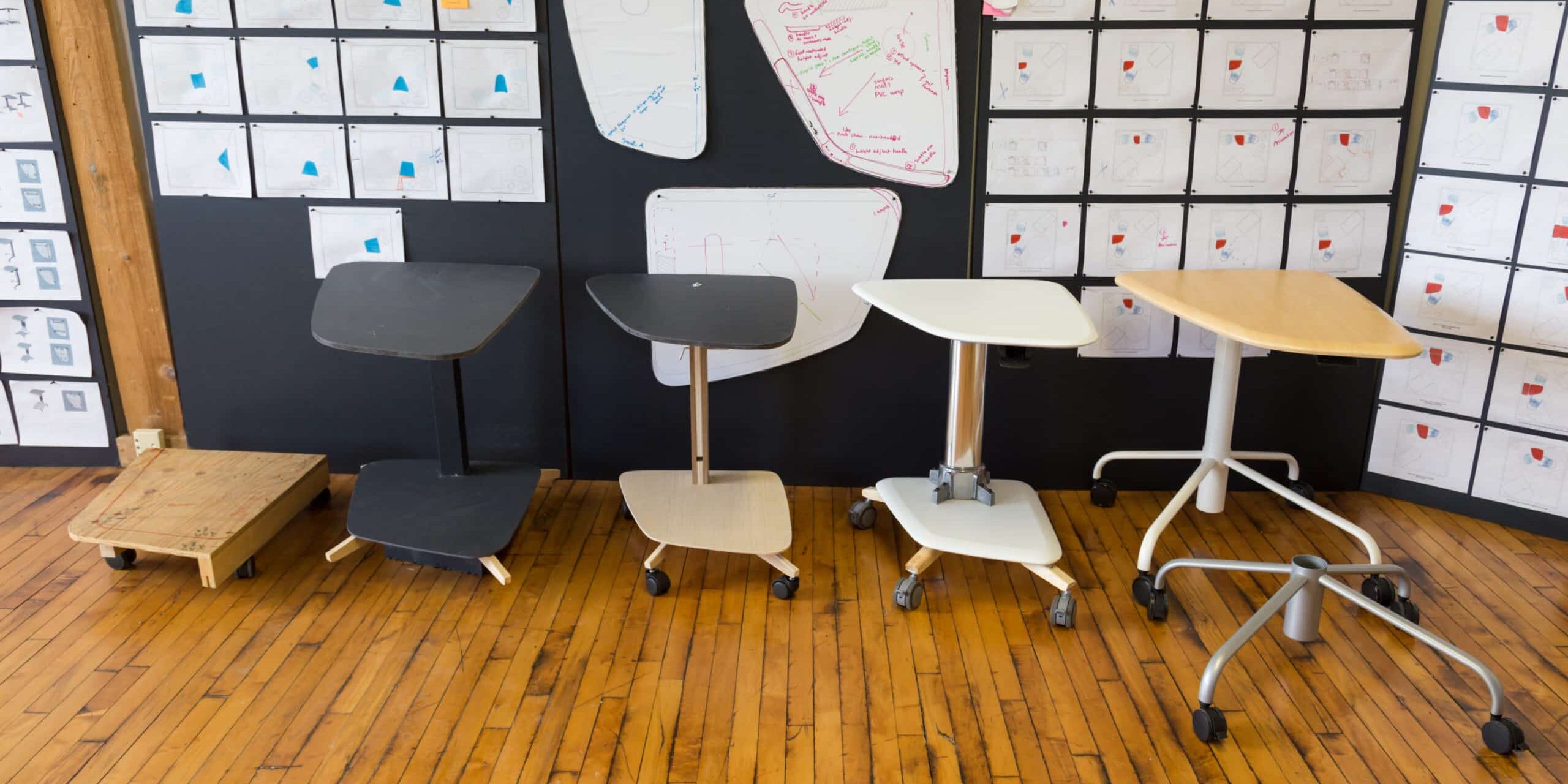
10. Test Ideas
Prototypes are tested by the right audience of users. Testing often occurs through a variety of methods like user clinics, interviews, and surveys. We test the riskiest areas of desirability, viability, and feasibility within any concept to further vet the ideas. Our goal is to fail fast and learn quickly.
11. Assess Data
DISHER organizes the learnings and analyzes the user testing feedback. The findings give our Advanced Product Development team the opportunity to fix any issues and iterate or pivot on the design.
Real-life user input helps product developers know how the design is working and what users are understanding and experiencing. By fixing a design early in this stage, costs associated with problems in post-launch are avoided. By comparing purchase intent from user testing to market size data, the potential success of the product can be extrapolated.
12. Review Findings
After the results are analyzed, the team decides whether to continue to iterate, create a different design option, or proceed forward to the engineering, manufacturing, and marketing phases of product development.
If the idea makes it to the next stage, all the learnings from the front-end process are documented into product requirements for the launch engineering team. This happens after the concept is solidified and proven making sure that everyone who will work towards a mass-produced solution understands the user information—so nothing is lost in translation.
Why DISHER?
"From our planning sessions to the implementation of the actual concepts, DISHER led the way with confidence and clarity.”
― Ryan Mast | President of Bloem
Begin Your Industrial Design Project with DISHER
Let us know how we can move your big ideas forward for a sustainable future.

